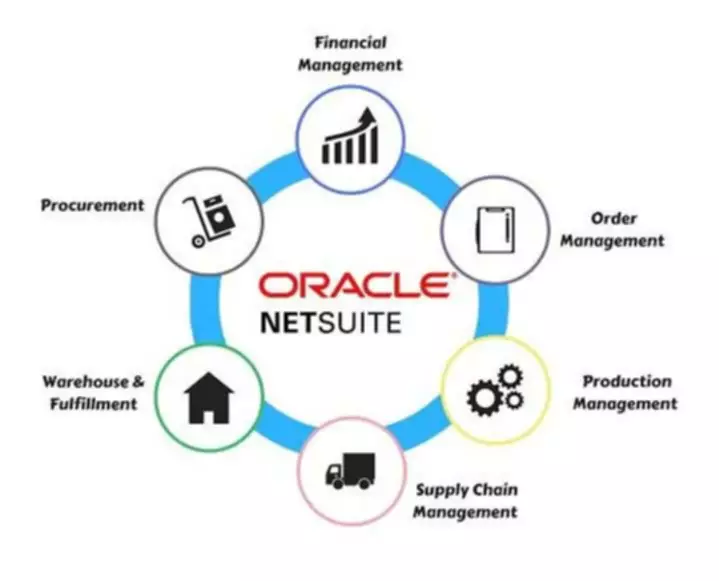Content

For example, some items are measured at historical cost or a variation thereof and others at fair value. An understanding of the measurement issues will facilitate analysis. The balance sheet measurement issues are, of course, closely linked to the revenue and expense recognition issues affecting the income statement. The balance sheet should always be accurate and include factual data about the company’s finances. The Generally Accepted Accounting Principles, or GAAP, are the guidelines used in accounting. Businesses are required to follow the rules set by GAAP, especially when considering financial statement reporting. Financial statements must be created by following these guidelines.
A How to Make a Balance Sheet statement, sometimes called an income statement, shows the sales and profit activity in a business over time. A balance sheet includes two sections, one for assets and one for liabilities. Finally, total assets are tabulated at the bottom of the assets section of the balance sheet. Next, if you’re tracking fixed assets, you’ll want to include the total of your fixed assets. Add your current and fixed asset totals to arrive at your assets total.
Step #5: Arrange assets and liabilities in proper order
It’s easy to share reports with your business partners, investors, or colleagues. You can even schedule them to be automatically generated and sent daily, weekly, or monthly.

For example, liabilities include accounts payable, interest payable, wages and salary payable, and customer deposits. As you can see, the use of the depreciation schedule is tied to both the balance sheet and income statement. We use the closing balance on the balance sheet and the depreciation expense in the income statement. This account may or may not be lumped together with the above account, Current Debt. While they may seem similar, the current portion of long-term debt is specifically the portion due within this year of a piece of debt that has a maturity of more than one year.
Example of a balance sheet
As an entrepreneur or a business owner, one of the biggest mistakes you can make is not taking the time to study your company’s financial statements. Businesses use balance sheets to make important financial decisions. One way to gain a better understanding of your business’s finances, is to organize them in a way that lets you quickly scan all of your business assets, liabilities and equity.
For example, imagine a company reports $1,000,000 of cash on hand at the end of the month. Without context, a comparative point, knowledge of its previous cash balance, and an understanding of industry operating demands, knowing how much cash on hand a company has yields limited value.
Reasons Why Bookkeeping is Important for Your Business
Verify that the total for all assets shown in the balance sheet equals the total for all liability and stockholders’ equity accounts. Employees usually prefer knowing their jobs are secure and that the company they are working for is in good health. Accounts within this segment are listed from top to bottom in order of their liquidity. They are divided into current assets, which can be converted to cash in one year or less; and non-current or long-term assets, which cannot. The integrity of a balance sheet is directly related to the information that goes into its preparation. Like most of your accounting tasks, accounting software can revamp recordkeeping and do much of the legwork while reducing errors.
A balance sheet is usually prepared at the end of a financial year , but it can be created at any or multiple points in time, say quarterly or half-yearly. After transactions are recorded and adjusted for in the general journal, they are transferred to appropriate sub-ledger accounts, such as sales, purchase, accounts receivable, inventory, and cash. This article is for anyone who wants to understand how to prepare a balance sheet, which is often used by investors, creditors, and management. We explain why and how to create one as well as suggest technology tools to simplify your job.
The Importance of Equity to an Organization
Then, you’ll subhttps://www.bookstime.com/ and total these the same way you did with your assets. A balance sheet is a business statement that shows what the business owns, what it owes, and the value of the owner’s investment in the business. Enter your name and email in the form below and download the free template now! You can use the Excel file to enter the numbers for any company and gain a deeper understanding of how balance sheets work. You need to understand how much it will cost you to actually make the sales you have forecasted. Consider your fixed costs (i.e., rent and payroll) and variable costs (i.e., most advertising and promotional expenses) when you are creating your budget. With many of these numbers, you are going to have to estimate things like interest and taxes.
How do you create a balance sheet for beginners?
- Step 1: Pick the balance sheet date.
- Step 2: List all of your assets.
- Step 3: Add up all of your assets.
- Step 4: Determine current liabilities.
- Step 5: Calculate long-term liabilities.
- Step 6: Add up liabilities.
- Step 7: Calculate owner's equity.
The recommended approach to doing so is noted in the following steps. A statement of cash flow shows the inflows and outflows of cash and the ending balance during a period.
